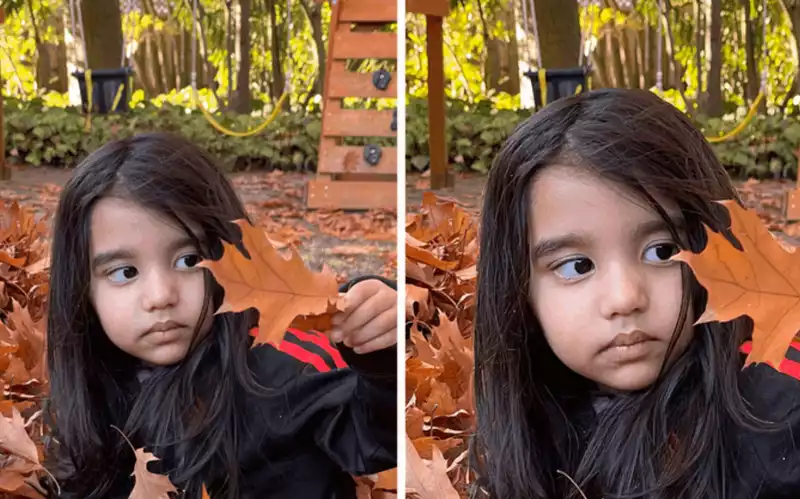At its annual developer conference, Google I/O2021, Google made a big push to improve its Google Photos service; Google's focus is to bring more photos to the surface, many of which we never see after they are uploaded. Google apparently currently stores 4 trillion images in the cloud.
Google has already begun updating the collage design of Google Photos, which includes "richer, more artistic design layouts styled using AI." However, the most notable new features are Cinematic Photo and Little Patterns. Here's how these enhancements work, as well as other new upgrades coming to Google Photos.
Little Patterns Google's AI is adept at recognizing the content of images. The goal here is to connect themes from images and present them as a collection of memories.
An example shown at I/O was of a Google staffer who traveled the world and carried an orange backpack everywhere he went. Google's AI would be able to discover how many years such a journey would take and put it all together in one collection. Then it would be a neatly packaged collection of related photos.
Other examples might include family photos taken around the same couch over the years.
A second innovation presented at Google I/O was a bit controversial. It is called cinematic photography, a method of creating dynamic photos from two similar photos. In the digital age, people often take multiple photos in a matter of seconds to fine-tune the framing or to pick the best shot later; Cinematic Photos fills in the gaps between images and uses AI to create small movie clips.
Google has been doing this for a while (there is a blog from last year) by creating depth information from images or using it if the camera captured depth information when the image was taken.
The update to this feature has sometimes been compared to a "black mirror". It sort of recreates what might have happened. However, it is an AI approximation of what happened, not what actually happened.
There is an interesting moral debate about the implications of this. There is a TV series, "Devs" (watch it if you haven't seen it yet; it's a great show), in which a quantum computer does something similar when it describes something that happened in the past. Some may find this feature cute, others may find it disturbing. However, this feature seems mostly harmless.
In addition to AI, Google also announced the implementation of locked folders. This would be useful if one wants to prevent photos from appearing on other devices connected to one's Google account.
Another major announcement was one that most people would have found reassuring. Google intends to make it easier to delete painful memories from your past. Perhaps if it is three former partners or events that you want to move on from, they can now be more easily deleted. You can hide a person or a specific time period.
These tools have been part of Photos for some time and are not entirely new, but the company is working to improve them and make them easier to use.










Comments